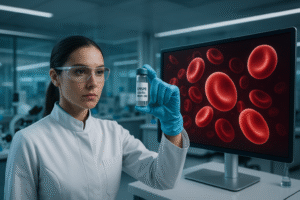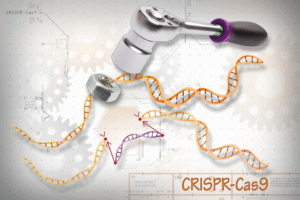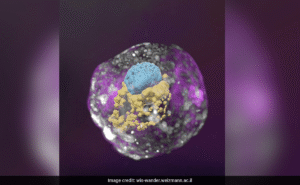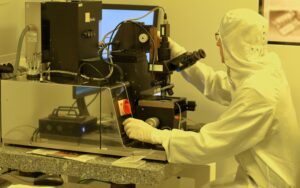In a major biomedical breakthrough, researchers at the European Bioengineering Institute — a consortium funded by the European Union’s Horizon Europe program — have successfully created synthetic blood that mimics the function and structure of human red blood cells. Published in Nature Biotechnology in April 2025, the discovery is poised to transform trauma care, blood storage, and long-term space travel across the EU and beyond.
Why Synthetic Blood Matters
Blood shortages remain a global issue. In many regions, hospitals struggle with safe storage, cross-matching, and the availability of rare blood types. Synthetic blood offers a universal, storable, and infection-free alternative.
Potential applications include:
- Emergency medicine – battlefield or ambulance settings where real blood may be unavailable
- Space missions – where long-term preservation and universality are critical
- Organ transport – improving viability of donor organs in transit
The Science Behind HemaX
HemaX is made from a hybrid of biopolymer scaffolds and engineered hemoglobin molecules. These synthetic red cells are flexible enough to pass through capillaries, mimic the biconcave shape of natural RBCs, and can carry oxygen at 85–90% efficiency compared to human blood.
In preclinical trials, rats and pigs transfused with HemaX showed no toxic response or immune rejection after 30 days — a key milestone that eluded earlier synthetic blood prototypes.
Source: Nature Biotechnology, April 2025
Key Advantages Over Donor Blood
- No need for blood typing — universally compatible with all blood groups
- Long shelf life — stable at room temperature for up to 18 months
- No disease transmission risk from viruses or prions
- Scalable production — bioreactors can produce liters in days
These features make HemaX an attractive solution for disaster zones, rural hospitals, and even Mars missions planned later this decade.
Next Steps and Clinical Trials
The European Medicines Agency (EMA) and U.S. FDA have both granted “Breakthrough Therapy” status for HemaX, expediting its path to clinical trials. Human testing is expected to begin by late 2025, focusing first on trauma patients and surgical backup scenarios.
Researchers are also exploring specialized variants of synthetic blood that can deliver targeted drugs or contrast agents for diagnostics and cancer therapy.
Conclusion
This 2025 breakthrough in synthetic blood brings us closer to a future where blood shortages, transfusion errors, and disease risks could become a thing of the past. As HemaX moves into human trials, its potential to save lives — both on Earth and in space — is enormous.
Once science fiction, artificial blood is now a real-world innovation with global impact on health care, emergency response, and interplanetary survival.
Suggested Image: Microscopic image of lab-grown synthetic red cells flowing through artificial vessels.
Alt Text: Lab-grown synthetic red blood cells developed in 2025
Tags: synthetic blood, biomedical science, emergency medicine, bioengineering, scientific discovery, 2025 innovation, HemaX, Nature Biotechnology




